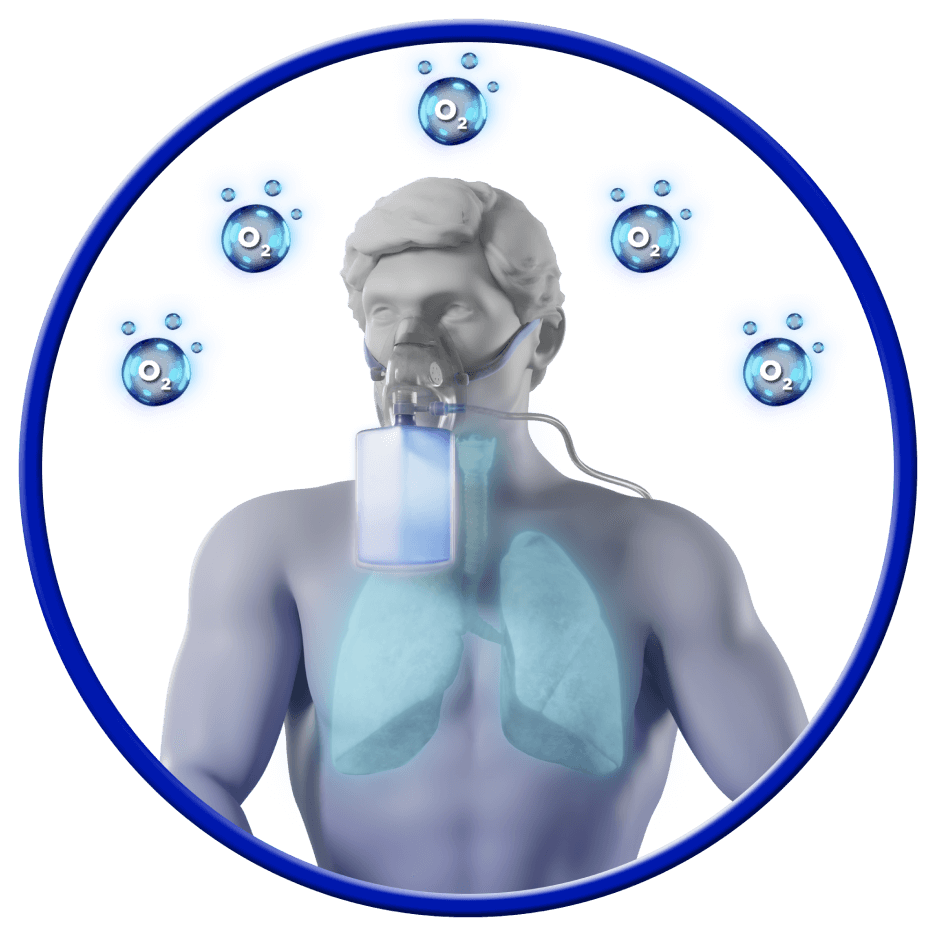ABOUT
Biobarica
Hyperoxia
ABOUT
Biobarica
Hyperoxia
Mechanisms of action of HBOT
- The patient breathes high doses of O2 in a hyperbaric environment.
- High HYPEROXIA increases the volume of dissolved oxygen in the blood plasma.
- The greater diffusion of oxygen reaches the less irrigated tissues.
- HYPEROXIA produces a wide variety of physiological benefits to the body.
Physiological Effects
The Hyperbaric Chamber produces strong hyperoxia that generates different benefits for the organism.
History of Hyperbaric Medicine
1662 - Great Britain
Development of the first Hyperbaric Chamber sketch. It called "Domicillium".
1775 - 1789
Discovery of oxygen properties.
1860 - Canada
Construction of the first Hyperbaric Chamber.
1878
Treatment of diver decompressive disease.
1920 - 1930 - USA
Treatment for hypoxic problems (circulatory, cardiac). Construction of the "Spherical Cunningham-Timken", a 5-floor Hyperbaric Chamber.
1959 - Amsterdam
First hyperbaric operating room for cardio-pulmonary surgeries and skin grafts.
1960 - USA and the rest of the world
First successful treatment of gas gangrene. The indications for injuries, anaerobic infections and carbon monoxide poisoning are extended.
1974-1990 - Russia
The emergency of the hyperbaric medicine centers in Moscow.
Nowadays - USA and Israel
Pressures lower than 2 ATA are described as optimal for neurological disorders and the indications are significantly expanded.

Hyperbaric Treatment System
Bringing the future of Hyperbaric Medicine
Hyperbaric Treatment System
for your medical institution
